BUDGETS represent the political choices a government makes. Apart from a few minor changes here and there, the choices made by Balochistan Chief Minister Jam Kamal Khan Alyani since he came to power have not been all that different from those made by his predecessors. The lack of transparency and accountability in the budget, for example, shows that the results of reforms aimed at bringing about discipline in the public finance management system remain elusive. This is in spite of the government’s claims that it has executed numerous actions to enforce financial discipline and stop leakages and wastage of its meagre resources. Similarly, the provincial finance managers continue to follow the conventional incremental budget-making process, projecting unrealistic income and expenditure estimates for a given fiscal year on the basis of certain percentage changes over the previous year. The budgeted income estimates are divorced from reality and expenditure projections aren’t based on service delivery needs. This allows the government to use funds by diverting money allocated for one project or sector to another, without anyone questioning the rationale. And so on.
Balochistan’s Rs465.5bn budget for the next year only confirms that the more things change in the province the more they remain the same. The provincial government blames the reduction of Rs30bn in projected federal transfers to the province for the resource gap of Rs87.6bn indicated in the next budget. But that is not totally based on facts. Islamabad has significantly compensated for the province’s income losses from the divisible tax pool by raising its (cash) development grants by Rs13bn and enhancing its share from the federal development programme by Rs20bn next year. No doubt the province needs far more funds than it has to develop its cities, exploit its natural resources and attract private investors to modernise its tribal economy, as well as to provide education, healthcare, drinking water and roads to its citizens. However, it also needs to work hard on reforming its financial systems, stop using development schemes for buying political support, and ensure transparency and accountability in its expenditure regime. Additionally, it needs to build the capacity of the public sector to effectively and efficiently execute development schemes, instead of piling up throw-forward of projects. Law and order is an important factor that keeps private investors away from Balochistan. But that is not the only reason. Stories of rampant corruption and bureaucratic red tape also keep private capital from entering the province.
Published in Dawn, June 23rd, 2020




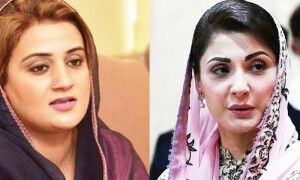
























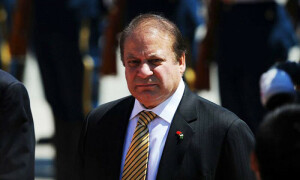


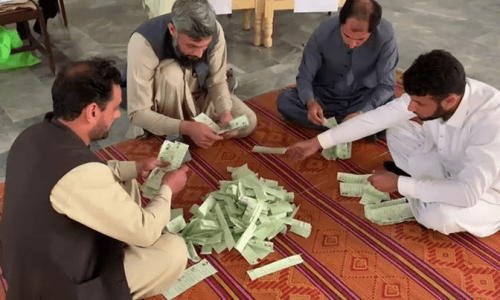


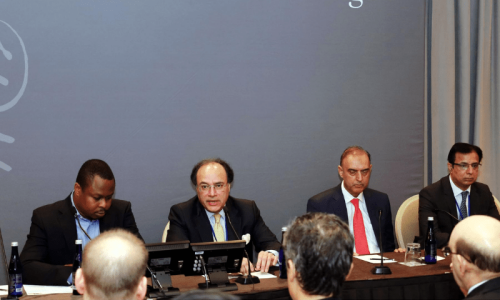


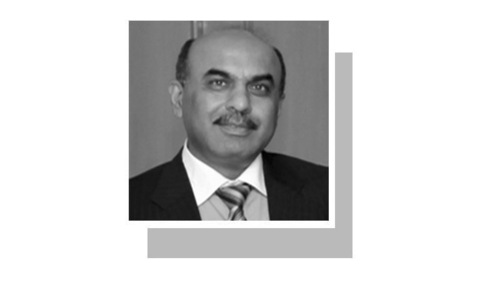
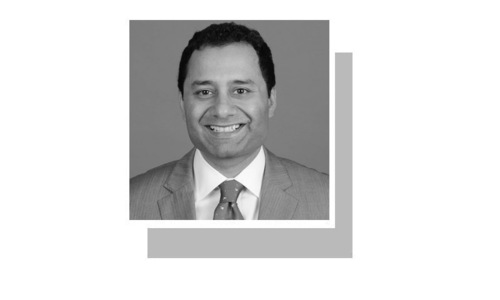

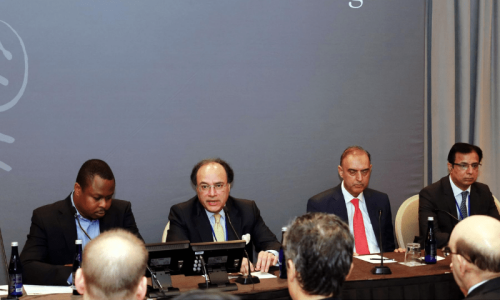
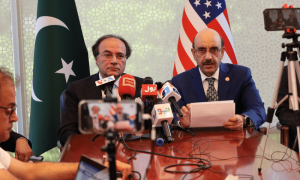
Dear visitor, the comments section is undergoing an overhaul and will return soon.